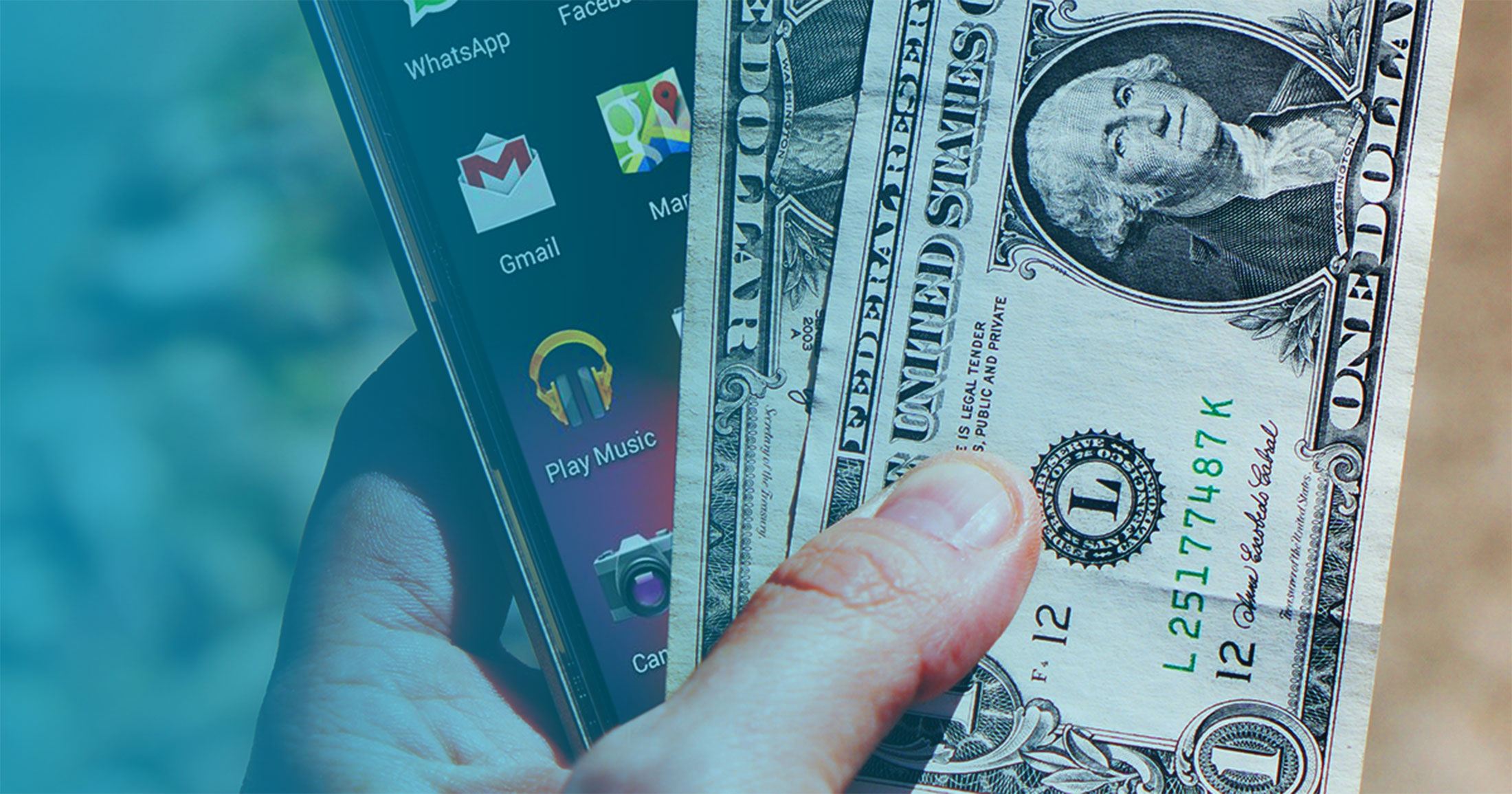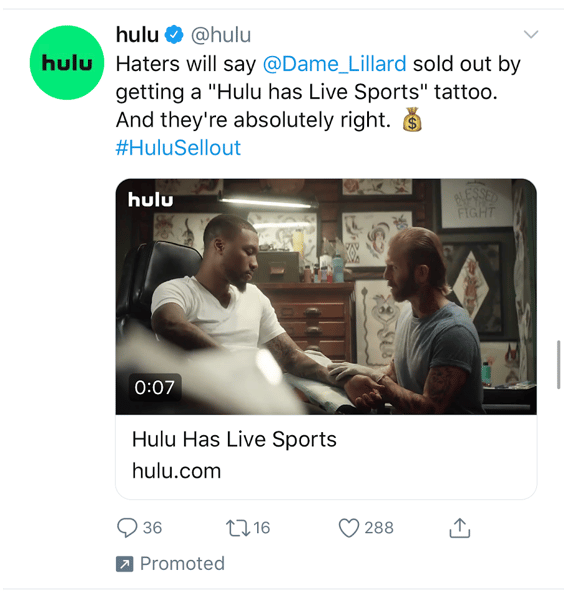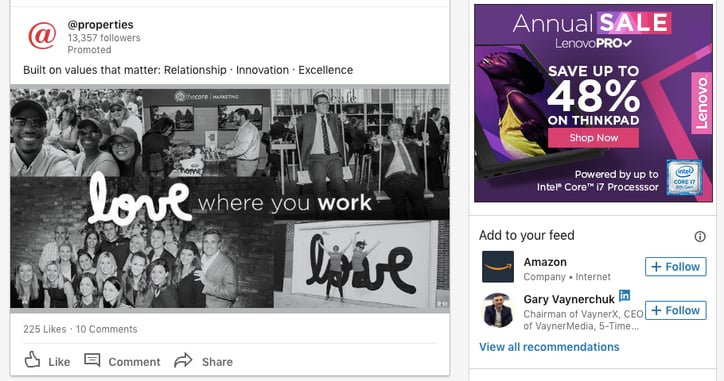The 5 Myths Holding Back Your Paid Social Media Strategy

Posted By Ashley Tate on March 20, 2019
At this point, the need for paid promotion as part of your social media marketing strategy should be old news. As organic traffic and engagement continues to wane (thanks, Facebook!), the pay-to-play element is a necessary piece of social strategy. Yet, many brands remain resistant to carving out room in the budget to strategically target and push content further than it could otherwise go.
Implementing a paid social campaign can be intimidating, especially if it’s your first. There is a lot to consider. Every platform has a different set of ad options and campaign requirements. Then there’s budgeting, getting buy-in from the C-suite, and we haven’t even talked about targeting yet. To make matters worse, quite a few myths exist about the process. So allow us to bust them and get your social strategy on the right track.
Myth 1: Social media is free. (So why would I pay?)
While it’s technically free to join and post on most social channels, if you’re looking to drive real engagement and reach a broader audience, organic social posts alone aren’t going to cut it. According to SproutSocial, “Brands who were winning during organic reach’s heyday — and who continue to see success — have always been investing budget, resources, and time into their social marketing efforts.” Without augmenting organic posts with paid, your content will go nowhere fast. (See Myth 4 for more on balancing organic and paid.)
Myth 2: Paid social media is expensive.
This misconception is far too common. While you have the option to spend millions of dollars on paid social campaigns, that isn’t realistic for most brands. Platforms are well aware that small businesses have tinier budgets, so they’ve kept that in mind when designing ad options. Some platforms (looking at you again, Facebook) even set their daily minimum budget requirements at the low, low price of $1.00. However, it is worth noting that spending five dollars on a campaign isn’t going to get you as far as $500 (or even $50) might, so set expectations that align with your budget. If you’re worried about convincing the C-suite, make sure you have your data from past successful paid campaigns in order to show your decision makers paid does pay — even on a small budget. Even if this is your first venture into paid social, it’s time to crunch the numbers. Most ad managers let you plug in your audience, budget, etc. and generate some estimated results without spending a single dime.
Myth 3: Promoted posts and paid ads are the same thing.
False. These two are quite different. When you put money behind an organic post you’ve already published, that’s a promoted post. On Twitter, anyway. (FB calls them Boosted Posts, while LinkedIn refers to them as Sponsored Content.)

These often appear in platforms’ feeds with a little “promoted” label to provide transparency. On the other hand, things like display ads (example below) that appear along the side of your screen are paid ads, which utilize images and copy that are separate from any posts in your feed.

Which format is right for your content? You will need to consider a number of factors. Will your target audience be turned off by a banner ad? If so, stick with promoted posts. And keep in mind that certain formats perform better on certain platforms. For example, if you’re promoting an eBook or larger piece of content, LinkedIn is likely your best bet. But if you’re looking to boost your latest video, Facebook and Instagram are where it’s at. Be prepared to adjust based on the results of your own promotions (more on that in Myth 5).
A Deeper Dive: On a third hand, there are also dark posts. These function just like promoted posts, but they don’t appear on your profile and only show up in the feeds of those you’re targeting via paid promotion.
Myth 4: I need to put money behind every post.
Hold it right there. Despite algorithm nightmares, social media should still be a social experience – users want to interact with brands in an authentic manner. Unless you’re Apple, promoting every tweet or boosting every Facebook post (i.e. dark posts) is not the way to go. It’s all about finding the right balance: keeping a cadence of organic posts among your promoted ones is crucial to your authenticity.
Mythbusters Bonus Episode: Just like you don’t need to be on every platform, you don’t need to pay to promote content on all your social accounts. Put your money where your target is. If you know your most valuable audience is on LinkedIn, focus your paid strategy there.
Myth 5: Once I launch, I’m good to go.
Think again. A paid social media campaign involves more than just dollars and cents — it takes time, patience, and monitoring of your active ads and promotions. After your campaign is up and running, don’t miss out on ongoing opportunities to tweak and optimize your investment. If you set it and forget it, you may not reach your goals.
Paid social media can be a tricky thing. It takes preparation, analysis, and continuous monitoring to make sure you hit your KPIs and get a good return. But more often than not, it’s worth the investment. If you pick the proper platform, set refined goals, and monitor your ads continuously, your paid social campaign investment will be worth every cent.
Stay up-to-date with all things social with The Spark, Tier One's newsletter covering the latest marketing industry news and inspiration.

Ashley Tate
Ashley Tate is the Senior Vice President of Content at Tier One, leading the agency’s full-service content studio. With more than 20 years of storytelling experience, including 10 as an editor at Real Simple magazine (where she served as the publication’s founding Money editor), she is focused on helping brands think and act like powerhouse publishers. Ashley’s attention to detail and creative flair demonstrate her uncompromising commitment to creating the highest quality content for clients. While never fully disconnected from the creative process, Ashley spends her free time reading, going to art museums, cooking and eating with her family, and walking her standard poodle.



